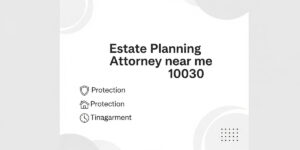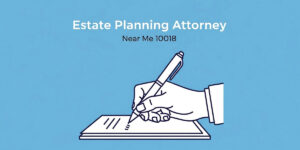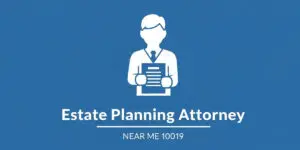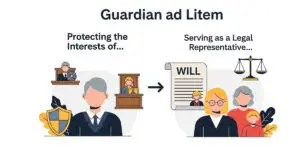What Is A Life Estate And How Does It Work?
During domain planning, a daily existence bequest is an interesting aspect to consider. When a homeowner signs a daily life bequest, they are effectively handing over a portion of the duty for their home to someone else. This might be seen of as a way to pre-gift your home to your beneficiaries while still maintaining joint ownership.
Life domains are frequently used to represent residences, but they can also be used to represent real estate — land and anything connected to it.
Deed of Life Estate
A day-to-day existence bequest deed permits the landowner to use their property to its full potential until their death, thus responsibility for the property is transferred to the beneficiary.
These deeds are commonly used when a person needs to transmit a piece of property to a beneficiary without having to write a will or go through the probate process after they pass away. It could be a smooth and simple way to transfer ownership in the correct conditions.
What Is A Life Estate And How Does It Work?
A legal joint obligation for a piece of property is created by a life bequest. Consider the case of a mother who wishes to leave her home to her child after she passes away. To make the trade go more smoothly, she decides to use a day-to-day bequest.
She’d create a daily existence bequest for her house, making herself the occupant and her child the remainderman or beneficiary. She has the option to live in her home for the rest of her life if she so desires, and she is responsible for paying any municipal charges and insurance premiums. The mother no longer has complete control over her home as a daily dweller.
Adding a “Life Estate” to Your Estate Plan
When anticipating our later years, some people frequently can’t help thinking about what is the most ideal approach to spend their resources for Medicaid and at the same time carry on with an agreeable and noble life until administrations like nursing care are totally required. With the worth of land soaring over late many years, homes that were only a couple thousands dollars might place mortgage holders in a monetarily challenging situation since the property is worth commonly the underlying speculation.
Under government Medicaid laws, people may just have a total assets under a specific level, including things like homes and autos now and again. Customarily, seniors need to “spend down” their resources for the priceless administrations Medicaid gives and numerous people might endeavor to part with homes or spend down investment accounts to qualify. Nonetheless, Medicaid has a “think back” period that can last a couple of months, which means seniors might be punished for as of late parting with resources or spending financial balances prior to applying for inclusion.
One arrangement which might be viable for some is to make a “day to day existence bequest” with their bequest. Thus, seniors can claim, live in, and practice full authority over their home and basically give it to a recipient like a youngster once they pass. With the assistance of a bequest planning lawyer, people can make the existence domain with the deed to their property and make a “leftover portion interest” for the individual who will get the property, known as the remainderman, upon their passing. Regardless of whether the house is valued at a couple hundred thousand dollars, making a daily existence home can have a huge, positive effect in diminishing the resources subject to the think back period in New York state.
Note that homes passed on in life domains are rejected from probate procedures and pass straightforwardly to the named recipient, regardless of whether there is an enduring life partner. Moreover, the full worth of the home will be thought about when it comes time to pay a legacy charges on the property. To ensure making a day to day existence bequest is the most financially savvy approach to diminish Medicaid lookback risk, people ought to talk with an accomplished New York domain planning attorney for everyone to see the upsides and downsides of the course of action.
